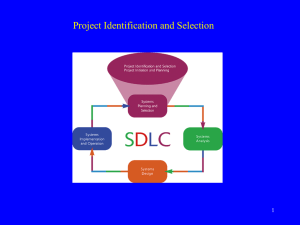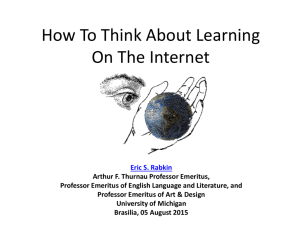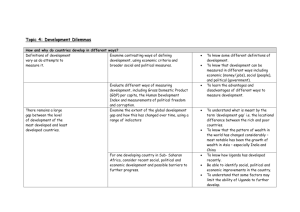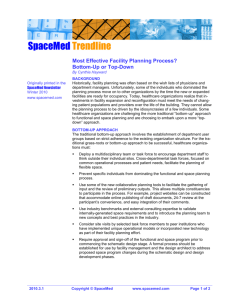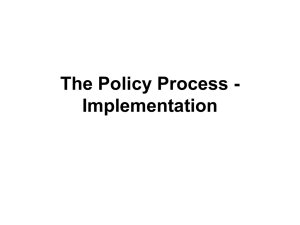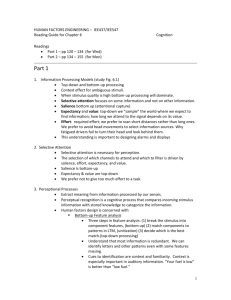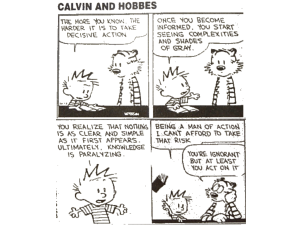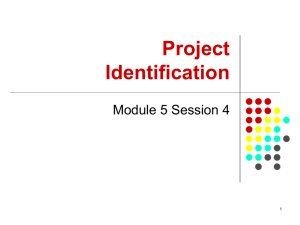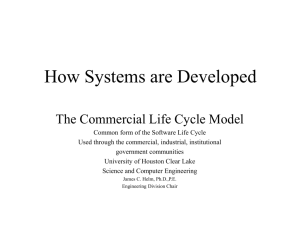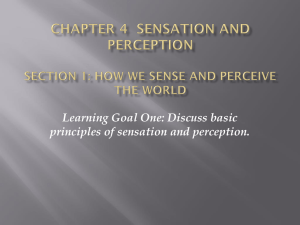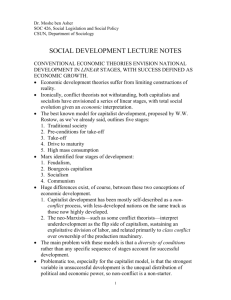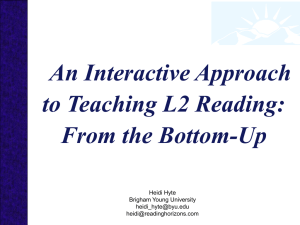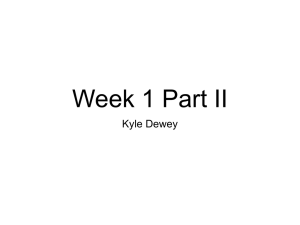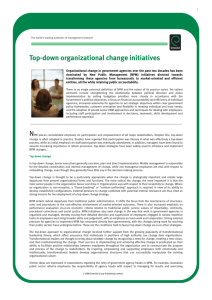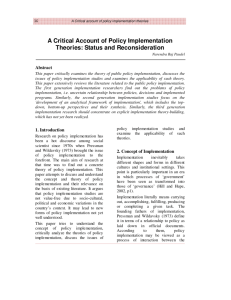Mathematical modeling of biological events and cell
advertisement
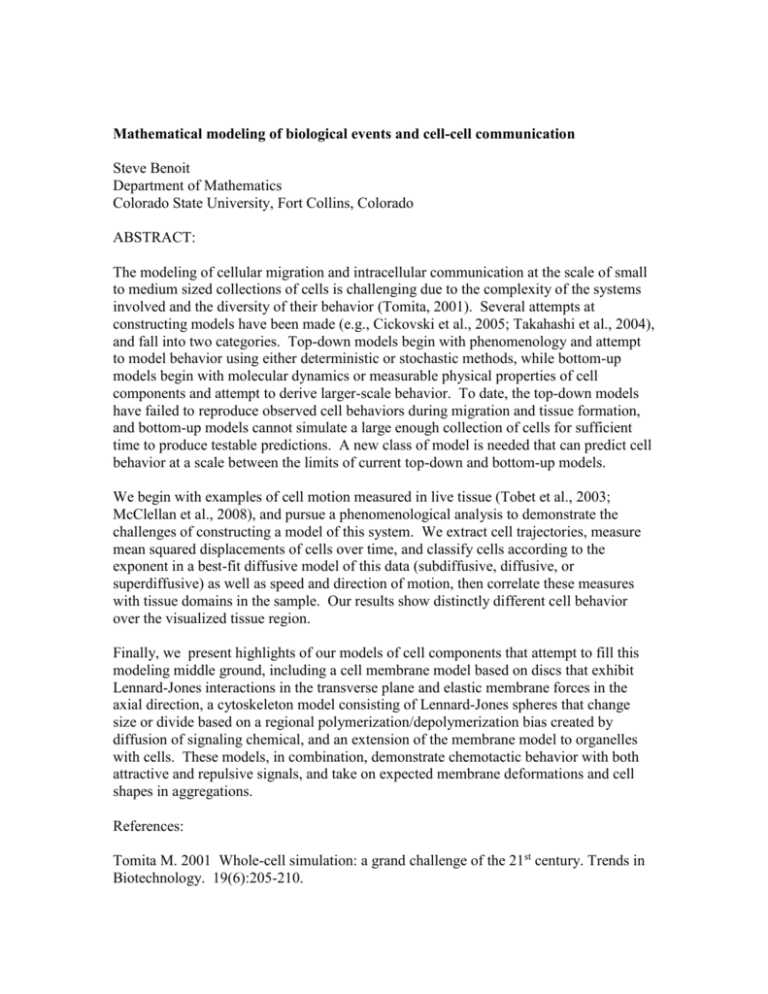
Mathematical modeling of biological events and cell-cell communication Steve Benoit Department of Mathematics Colorado State University, Fort Collins, Colorado ABSTRACT: The modeling of cellular migration and intracellular communication at the scale of small to medium sized collections of cells is challenging due to the complexity of the systems involved and the diversity of their behavior (Tomita, 2001). Several attempts at constructing models have been made (e.g., Cickovski et al., 2005; Takahashi et al., 2004), and fall into two categories. Top-down models begin with phenomenology and attempt to model behavior using either deterministic or stochastic methods, while bottom-up models begin with molecular dynamics or measurable physical properties of cell components and attempt to derive larger-scale behavior. To date, the top-down models have failed to reproduce observed cell behaviors during migration and tissue formation, and bottom-up models cannot simulate a large enough collection of cells for sufficient time to produce testable predictions. A new class of model is needed that can predict cell behavior at a scale between the limits of current top-down and bottom-up models. We begin with examples of cell motion measured in live tissue (Tobet et al., 2003; McClellan et al., 2008), and pursue a phenomenological analysis to demonstrate the challenges of constructing a model of this system. We extract cell trajectories, measure mean squared displacements of cells over time, and classify cells according to the exponent in a best-fit diffusive model of this data (subdiffusive, diffusive, or superdiffusive) as well as speed and direction of motion, then correlate these measures with tissue domains in the sample. Our results show distinctly different cell behavior over the visualized tissue region. Finally, we present highlights of our models of cell components that attempt to fill this modeling middle ground, including a cell membrane model based on discs that exhibit Lennard-Jones interactions in the transverse plane and elastic membrane forces in the axial direction, a cytoskeleton model consisting of Lennard-Jones spheres that change size or divide based on a regional polymerization/depolymerization bias created by diffusion of signaling chemical, and an extension of the membrane model to organelles with cells. These models, in combination, demonstrate chemotactic behavior with both attractive and repulsive signals, and take on expected membrane deformations and cell shapes in aggregations. References: Tomita M. 2001 Whole-cell simulation: a grand challenge of the 21st century. Trends in Biotechnology. 19(6):205-210. Cickovski TM, Huang C, Chaturvedi R, Glimm T, Hentschel HGE, Alber MS, Glazier JA, Newman SA, Izaguirre JA. 2005 A framework for three-dimensional simulation of morphogenesis. IEEE/ACM Transactions Computational Biology and Bioinformatics. 2(4):273-288. Takahashi K, Kaizu K, Hu B, Tomita, M. 2004 A multi-algorithm, multi-timescale method for cell simulation. Bioinformatics. 20(4):538-546. Tobet SA, Walker HJ, Seney ML, Yu KW. 2003 Viewing Cell Movements in the Developing Neuroendocrine Brain. Integrated and Comparative Biology. 43(6):794-801. McClellan KM, Calver AR, Tobet SA 2008 GABAB receptors role in cell migration and positioning within the ventromedial nucleus of the hypothalamus. Neuroscience. 151(4):1119-31.
